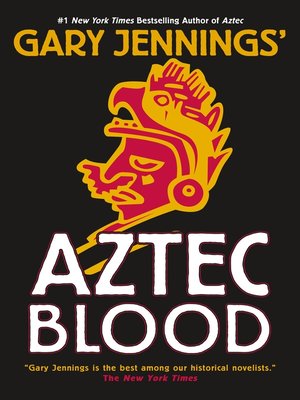
Tenamaxtli first hears about Christianity from a "swift-messenger" - a sort of Aztec Federal Express man - who arrives wearing a "bad-news" hairstyle. The cultural clashes between the Aztecs and the Spanish are both insightful and humorous - and the Aztecs' attitude toward Christianity provides a greater understanding of the Mexican conflict between church and state. ' meaning that, if need be, she would die for me."


When the two die in the explosion, he shrugs. He achieves his first victory by sending his lover and her blind child to deliver explosives to a Spanish garrison, while he watches from a safe distance. Unlike his father, a trained warrior whose violence was carefully measured and compelled by necessity, Tenamaxtli is cavalier in his brutality, not thinking twice about whacking off a few heads and slaughtering infants. He sets out to stir up resistance to Spanish expansion, rounding up those who will follow him and beheading those who will not. Learning that the victim is the father he never knew, he vows to avenge his father's death. "Aztec Autumn," set 10 years later, opens with the warrior's son, Tenamaxtli, watching Spanish soldiers burn a man at the stake. "Aztec" retold the story of the Spanish conquest of Mexico from the point of view of an elderly Aztec warrior, adding a rich new dimension to the complex historical event. The novel chronicles the attempts of a young Aztec nobleman - the son of the narrator of "Aztec" - to rebel against the newly arrived Spanish. There are guttings, decapitations and hundreds of anonymous couplings - and that's just by the narrator alone. Gary Jennings' sequel to his best-selling 1983 historical novel, "Aztec," offers blood, adventure, suspense and spicy sex.


If you can't make it to the latest summer blockbuster film, "Aztec Autumn" is the book equivalent.


 0 kommentar(er)
0 kommentar(er)
